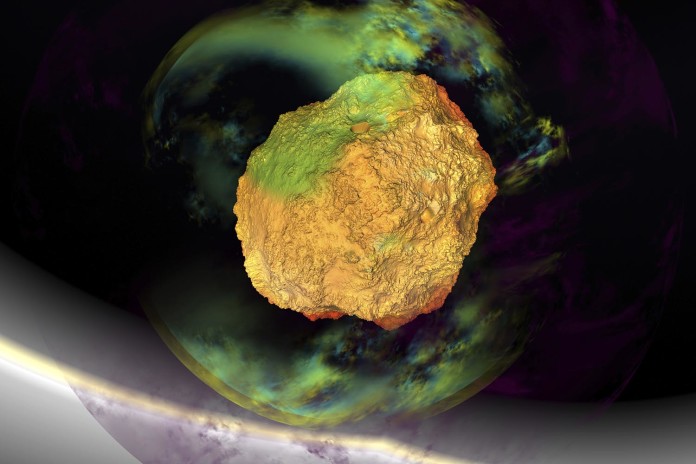
The brand new Asteroid Redirect Mission (ARM) has just gone under review from NASA, and it looks to be ready by 2021. We will see the agency try to get a space boulder from the surface of nearby asteroids and place it into lunar orbit. This isn’t nearly as cool as blowing it up with a nuke, but it’s a safe way to test the future of our planetary defense program.
NASA’S ARM HAS OTHER PLANS
While this highly-anticipated mission’s main goal is to redirect asteroids, NASA has other uses for the technology in mind. If proven successful, ARM will demonstrate the much-need technologies that we would need for the hopeful placement of humans on Mars. For this, NASA has a phased approach strategy to all their in-space objectives. ARM is certainly no exception. The first phase begins with identifying asteroids. from there, the redirect mission takes up phase two. Phase three and beyond has a crewed mission redirecting asteroids and using the technology to get to Mars.
4 ASTEROIDS TO BE TARGETED
Although the first phase of ARM began in 2015, NASA does not anticipate its use until 2020 or 2021. Then, ARM will have one of four asteroids it will redirect: Itokawa, Bennu, 2008 EV5 and 1999 JU3. In the past, Itokawa was visited by a space probe in 2004, but it’s 2008 EV5 that NASA wants to beat first. 2008 EV5 has a spin period of 3.725 hours and a total size of 420 x 410 x 390 m. By identifying these targets, the agency then hope to move on to their next phase by redirecting them
CREWED MISSION EVENTUALLY TO LAND ON ASTEROID
The final phase that the agency has in mind is for a crewed mission. Here, a crew of astronauts will take an Orion vehicle into space, land on an asteroid and place a boulder into lunar orbit. Estimates say a mission of this type would consist of 24.3 days, with 2 people aboard the Orion vehicle. If it sounds like a less exciting version of Armageddon, you’re not that far off. Orion would spend five days performing the operations on the asteroid. There, they will observe, collect a sample and document their findings upon launching back to a safe ocean landing back home.

















